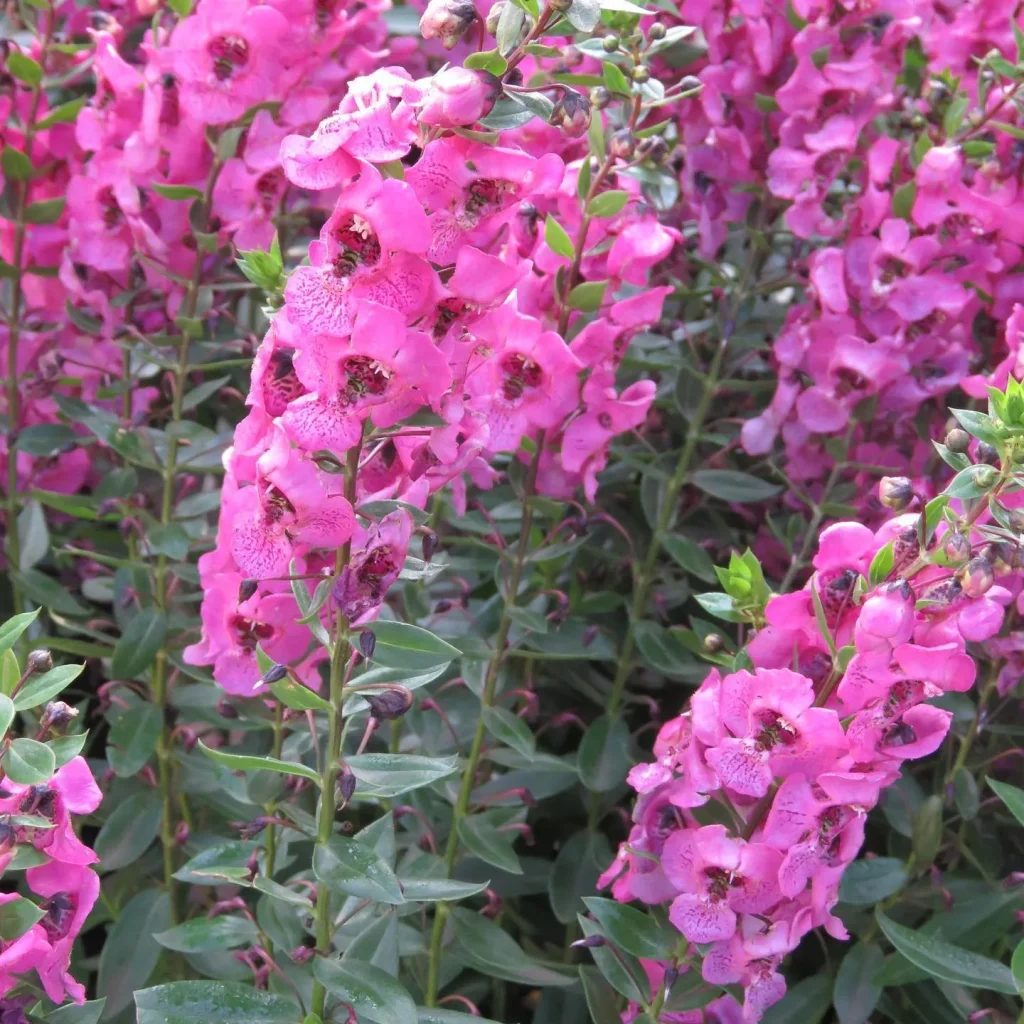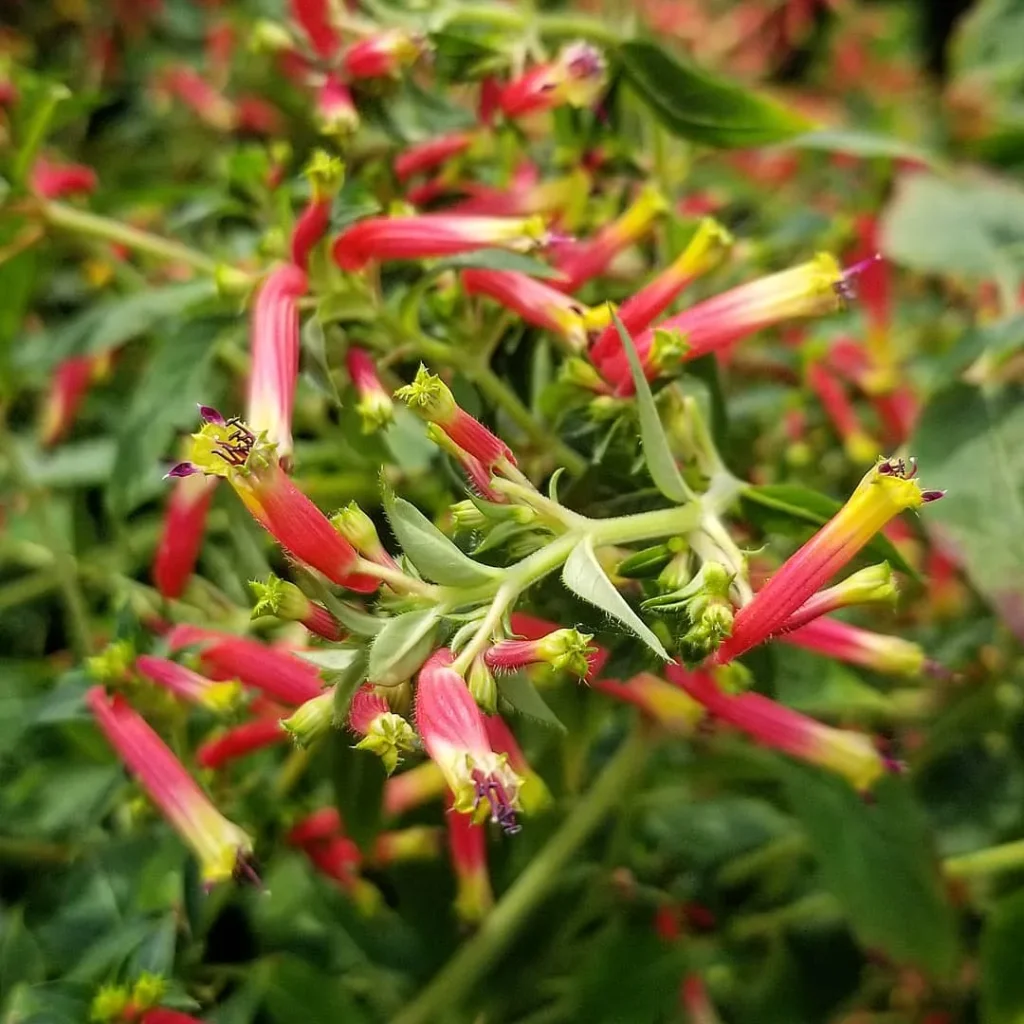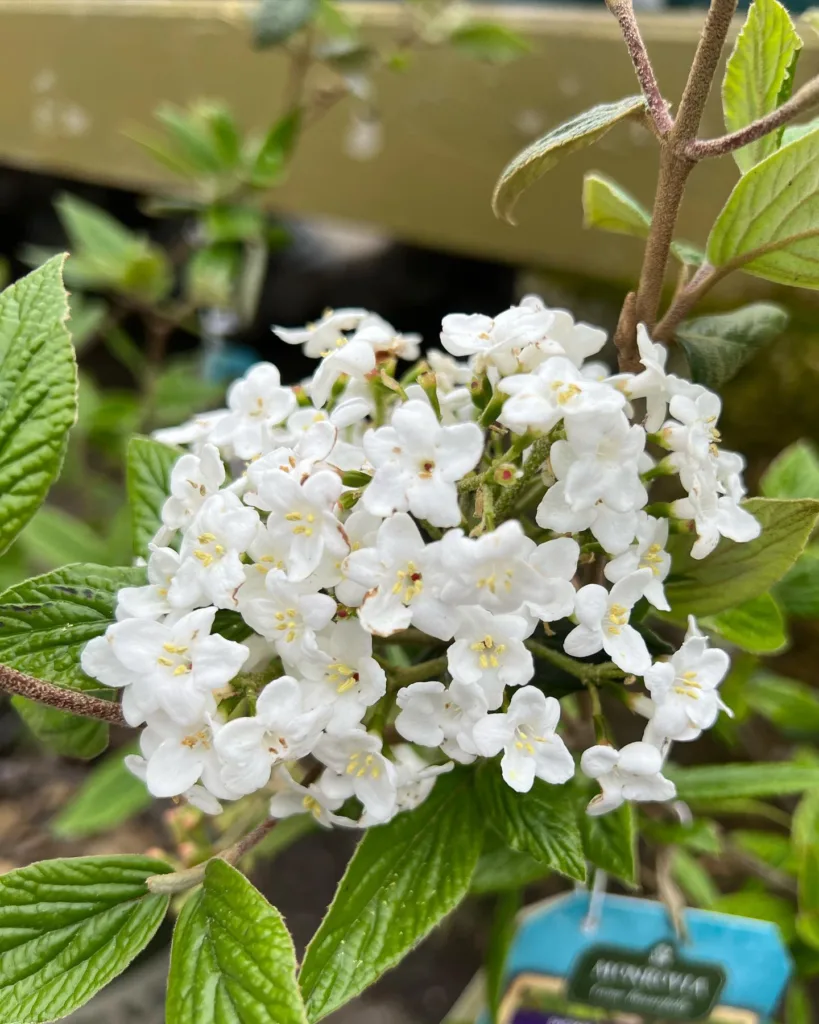
Frequently Asked Questions About Squash Plants
Growing Squash Plants has been one of my favorite gardening experiences. These versatile plants can provide an abundant harvest with proper care and attention. Here, I’ll share some common questions I often encounter about Squash Plants and provide insights from my own experience.
What Does a Squash Plant Look Like?
Squash Plants are relatively easy to identify. They typically have large, broad leaves that are rough to the touch, with a slight fuzziness. The leaves can be heart-shaped or lobed, depending on the variety. Squash Plants grow as either bushes or vines, with long stems that spread out and produce yellow, orange, or white flowers. The fruits themselves vary in shape and size, ranging from the classic oblong zucchini to the rounded pumpkins.
How Big Does a Squash Plant Get?
The size of a Squash Plant depends largely on the variety. Bush-type Squash Plants, such as zucchini, tend to stay compact, growing about 2-3 feet tall and wide. On the other hand, vining varieties, like butternut or acorn squash, can spread out significantly, often reaching lengths of 10 feet or more. Providing ample space for these plants is crucial for healthy growth and a good yield.
How to Plant a Squash Plant?
Planting Squash Plants is relatively straightforward. They thrive in well-drained soil with plenty of organic matter and full sunlight. I start by planting the seeds or seedlings about 1-2 inches deep in hills or rows, spacing them at least 3-4 feet apart to give them room to grow. Squash Plants need consistent moisture, especially during the flowering and fruiting stages. Watering them deeply once a week usually suffices unless it’s particularly hot or dry.
Should I Prune My Squash Plant?
Pruning Squash Plants can be beneficial, especially for vining varieties. I usually remove any dead or diseased leaves to improve air circulation and prevent the spread of diseases. For larger vining types, I also trim back some of the runners to control their spread and focus the plant’s energy on producing fruit. However, be cautious not to over-prune, as the leaves are crucial for photosynthesis.
How to Prune a Squash Plant?
When pruning a Squash Plant, I use clean, sharp scissors or pruners to cut away any yellowing or dead leaves. I also remove any suckers—these are small shoots that grow in the leaf axils—and any extra vines that aren’t producing fruit. The goal is to allow sunlight to reach the center of the plant and to direct the plant’s energy towards fruit production.
Why Is My Squash Plant Turning Yellow?
Yellowing leaves on a Squash Plant can indicate several issues. The most common causes are nutrient deficiencies, overwatering, or pests like squash bugs. I check the soil to ensure it’s not too waterlogged and consider adding a balanced fertilizer if nutrient deficiency is suspected. Inspecting the plant regularly for pests and treating them promptly can also help.
How to Save a Dying Squash Plant?
Saving a dying Squash Plant starts with identifying the problem. Overwatering, underwatering, pests, or diseases are common culprits. Once I diagnose the issue, I take action: adjusting the watering schedule, applying organic pesticides, or removing infected parts of the plant. Mulching around the base can help retain moisture and prevent weeds.
Does a Squash Plant Need Support?
Vining Squash Plants often need support to keep the fruits off the ground and prevent the vines from sprawling uncontrollably. I use trellises or stakes to guide the vines upward, which also helps with air circulation and reduces the risk of disease. Bush-type Squash Plants generally do not require support.
Why Is My Squash Plant Wilting?
Wilting in Squash Plants can be caused by a lack of water, root damage, or pests such as squash vine borers. I always check the soil moisture first—if it’s dry, a good watering usually perks the plant right up. If pests are the problem, removing affected vines and using organic insecticides can help.
What Size Pot for Squash Plant?
For those growing Squash Plants in containers, choosing the right pot size is essential. I recommend using a container that is at least 24 inches in diameter and 12 inches deep for bush varieties. This size provides enough space for the roots to spread out and supports the plant’s growth. For vining types, a larger pot and a sturdy trellis are needed.
Why Does My Squash Plant Only Have Male Flowers?
It’s common for Squash Plants to produce only male flowers early in the growing season. Male flowers appear first to attract pollinators and prepare for the female flowers, which come later. If female flowers do not appear, it might be due to stress factors like extreme temperatures, poor soil conditions, or inadequate pollination.
How to Care for a Squash Plant?
Caring for a Squash Plant involves regular watering, fertilizing, and monitoring for pests and diseases. I make sure to water the plants deeply at the base, avoiding wetting the leaves to prevent fungal diseases. Adding compost or a balanced fertilizer every few weeks keeps the plants nourished. Regularly checking for pests like aphids, squash bugs, and vine borers allows for prompt treatment.
What to Plant with a Squash Plant?
Companion planting can benefit Squash Plants by deterring pests and promoting growth. I often plant marigolds or nasturtiums nearby, as their scent repels harmful insects. Planting beans and corn with squash, a traditional “Three Sisters” method, can also be beneficial as beans add nitrogen to the soil, and corn provides natural support for vining squash.
Can You Grow a Squash Plant Indoors?
Growing Squash Plants indoors is challenging but possible with enough space, light, and proper care. I use large pots, place them near a sunny window or use grow lights, and ensure good air circulation. Regular pollination by hand may be necessary due to the lack of natural pollinators indoors.
Is a Squash Plant Toxic?
Squash Plants are generally not toxic. However, the leaves and stems can be prickly and may cause skin irritation in some individuals. Always handle them with gloves to avoid discomfort.
Common Problems with Squash Plants
Common problems with Squash Plants include pests like squash bugs and vine borers, fungal diseases such as powdery mildew, and nutrient deficiencies. I manage these issues by keeping the garden clean, rotating crops, and using organic pest control methods. Regular inspection and early intervention are key to maintaining healthy Squash Plants.
Growing Squash Plants can be a rewarding experience, yielding delicious fruits for many culinary uses. With the right care and attention, you can enjoy a bountiful harvest from your Squash Plants, too!
If i die, water my plants!



